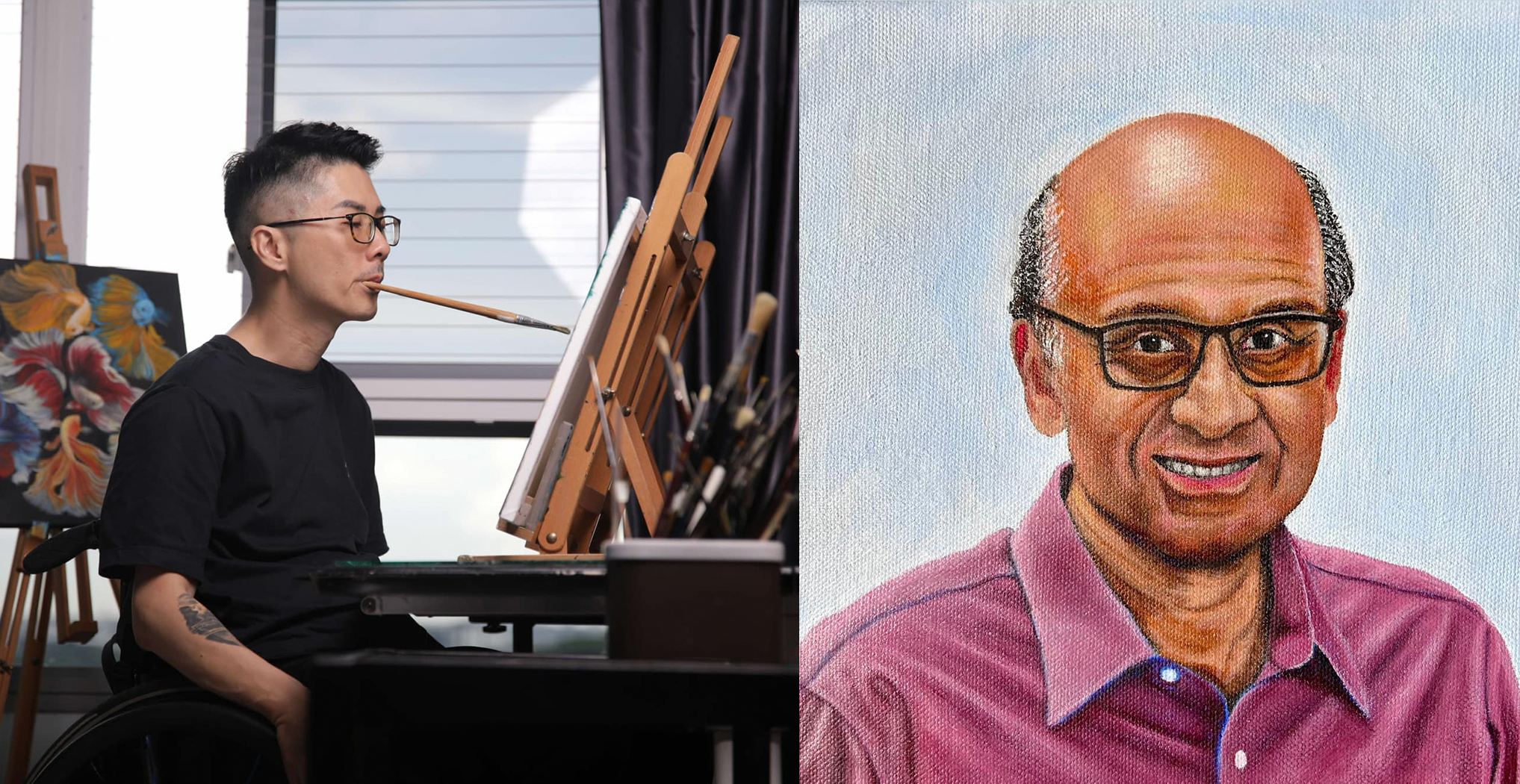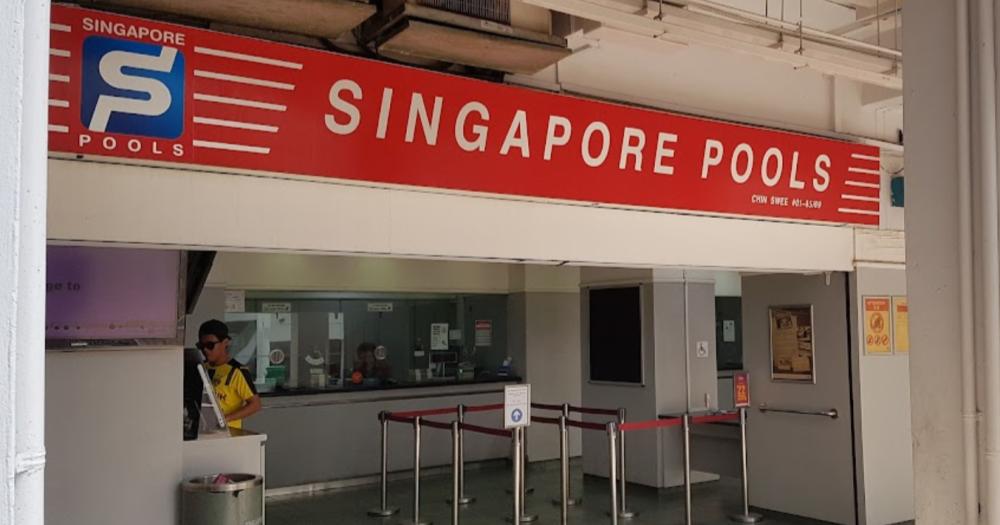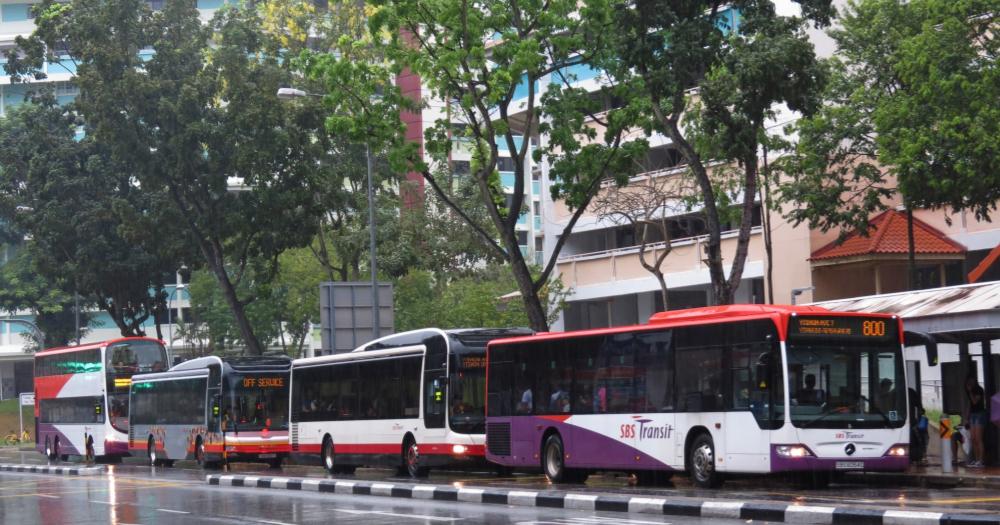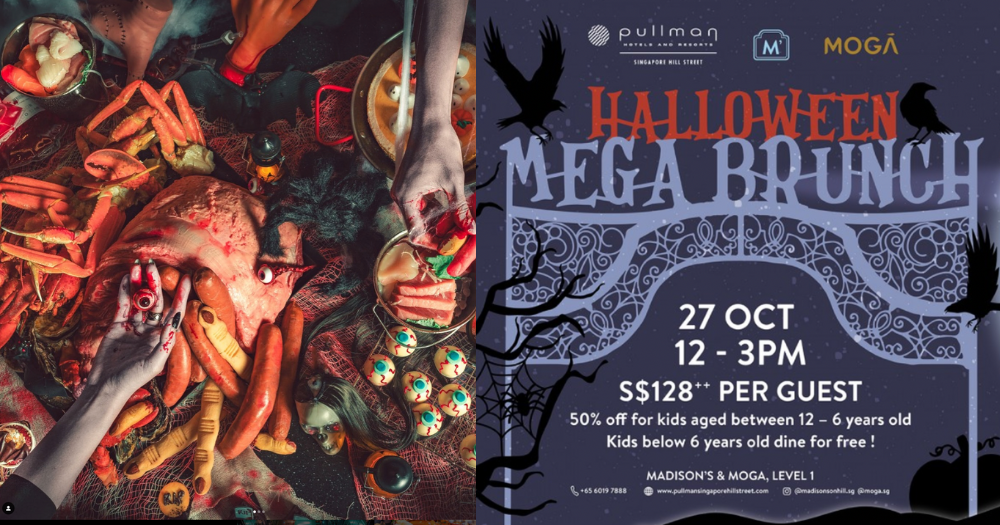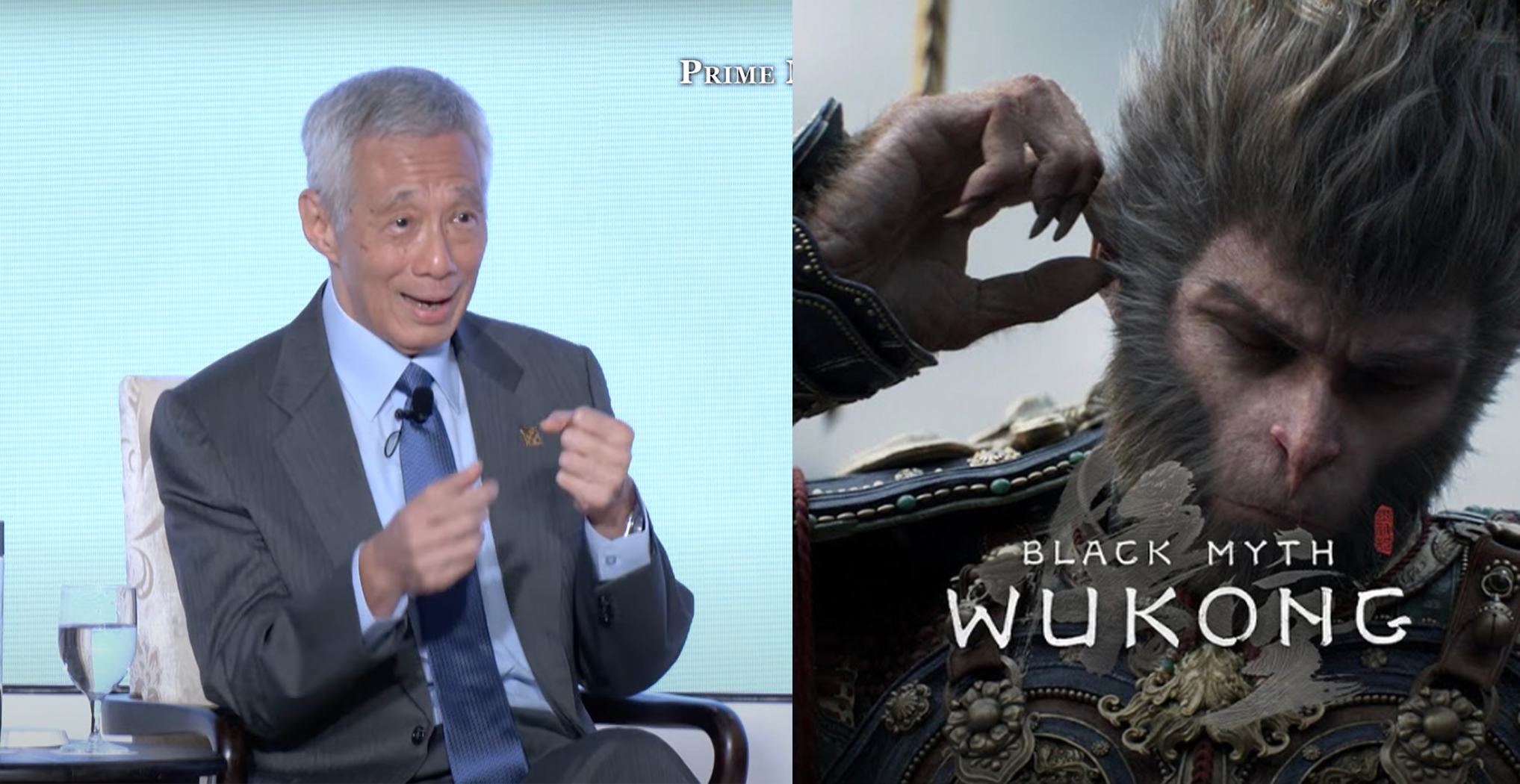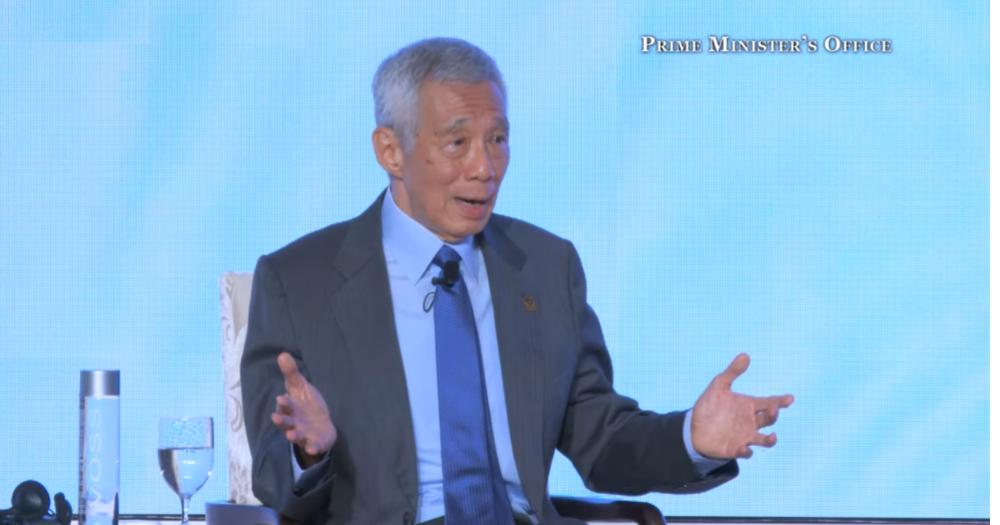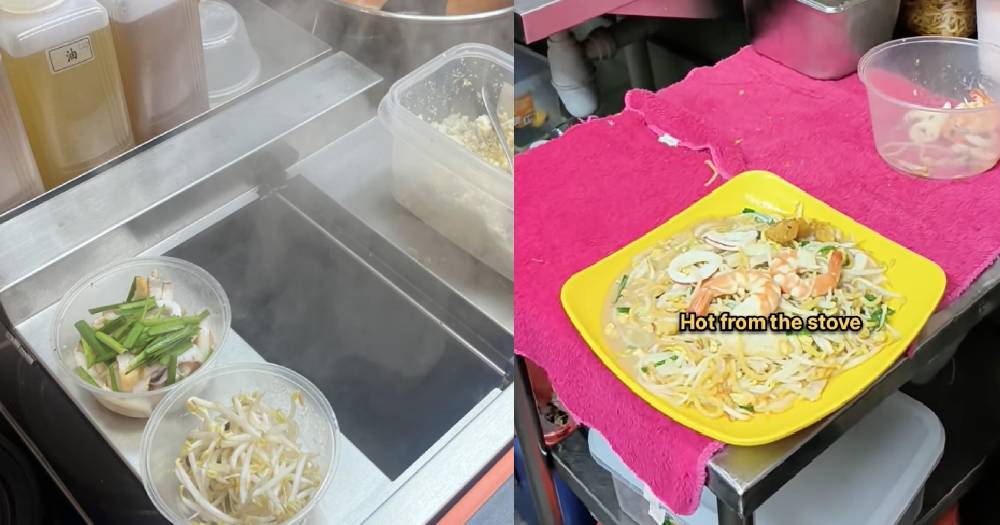
It's not uncommon when your favourite Char Kway Teow or Hokkien mee stall suddenly "disappears" when the old hawker stall owner decides to retire, and there's no one willing to take over.
One man in Singapore decided that he had the solution for this.
Upload the recipe to a machine and have robots replicate the dishes.
'Wok A.I.'
Hong Jiufeng (transliterated from Chinese), 53, an engineer turned hawker, quit his previous job a year ago to open a Hokkien Mee stall named "Wok A.I."
He uses two machines to help him make the dish. A video posted on Facebook by food reviewer Botak Jazz revealed the behind-the-scenes process of using the devices.
A staff at his stall pours ingredients into the cooker, and a machine takes over the stir-frying process.
The staff explained further that the machine would display instructions, and the worker would just need to follow them.
Ingredients such as prawns, fishcake and squid are lined up beside the machine.
Preservation of hawker culture
Speaking to Botak Jazz and 8world news, Hong said he observed many stalls previously selling Hokkien mee and char kway teow close down as more and more elderly hawkers pass on.
The solution, Hong thought, was to turn to automation, which would also help him achieve a consistent taste throughout all the plates of Hokkien Mee he sells.
"People have weaknesses. If I were to fry 30 plates of Hokkien mee for my friends, my eyes would start to hurt by the 20th plate. Between the 20th and 30th plate, I would put in less effort into making the dish," he said.
"Machines don't have this problem, and the 100th plate would taste the same as the first. I think this is automation's biggest strength," he told 8world.
Hong's friend in China introduced him to machines that can also be used to fry rice.
He imported two machines from China and used a recipe for Hokkien mee that was passed down in his household.
Being a hawker is hard work, but machines can help reduce the workload, Hong believed.
Wok hei?
Diners who tasted Hong's noodles said that they tasted fine but lacked the quintessential smoky taste of wok hei.
Some preferred hand-fried, old-school-style noodles with a more "traditional" flavour.
Hong said he is constantly trying to improve and tailor the machine's settings to suit his preferences, doing research and adjusting the machine's settings.
He expressed his gratitude to the residents in the area, who gave him valuable feedback.
He also approached several chefs for more advice.
Human touch
Not all tasks can be automated.
Some steps, like boiling and peeling prawns, still have to be done manually — for now.
The machine primarily takes over the frying process.
Hong believes that in the next two to three years, machines will eventually take over the ingredient preparation process.
The machines might also be helpful in promoting local flavours overseas, where it may not be possible to hire local chefs.
Hong hopes that more hawkers and vendors will take machines "as their apprentices", which can eventually be the key to preserving local hawker cuisine in Singapore.
Top photo via 8world and Botak Jazz
MORE STORIES








